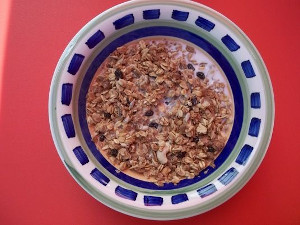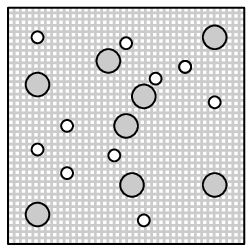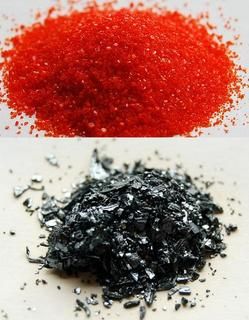Complete the following table:
|
Substance |
Non-mixture or mixture |
Heterogeneous mixture |
Homogeneous mixture |
|
tap water |
|||
|
brass (an alloy of copper and zinc) |
|||
|
concrete |
|||
|
aluminium foil (tinfoil) |
|||
|
Coca Cola |
|||
|
soapy water |
|||
|
black tea |
|||
|
sugar water |
|||
|
baby milk formula |




